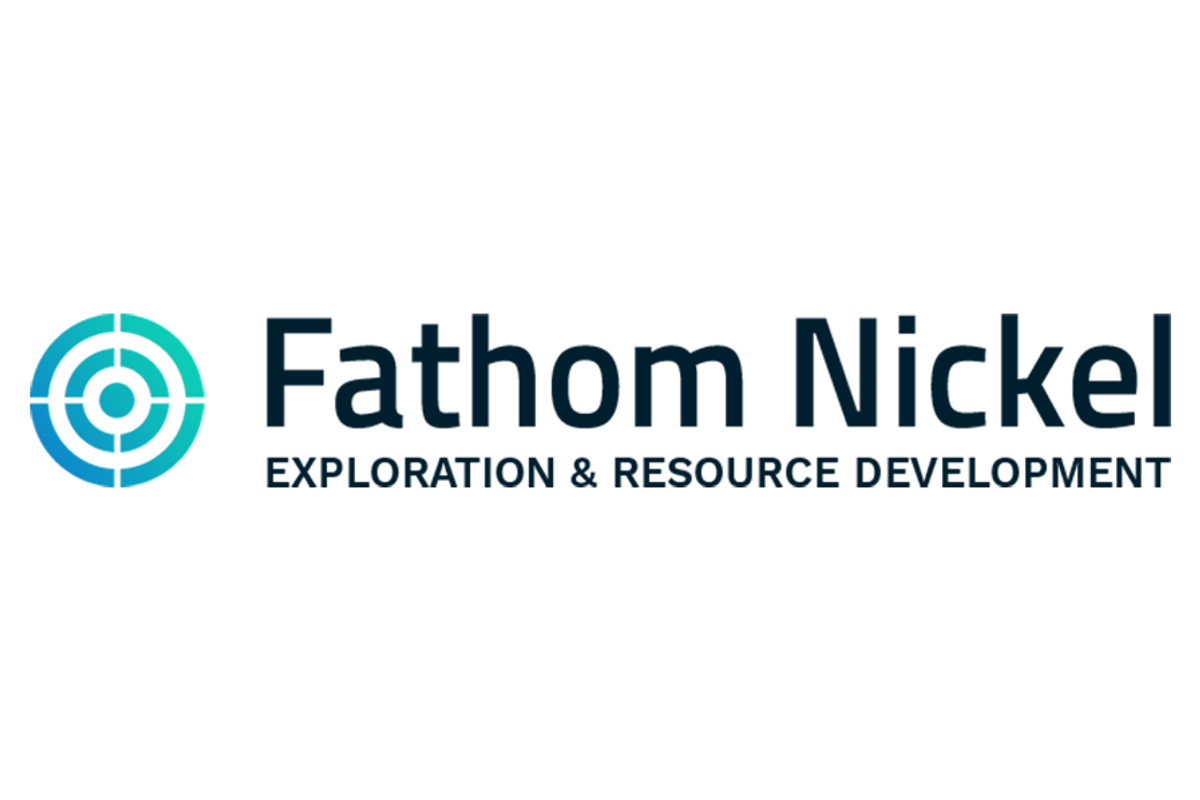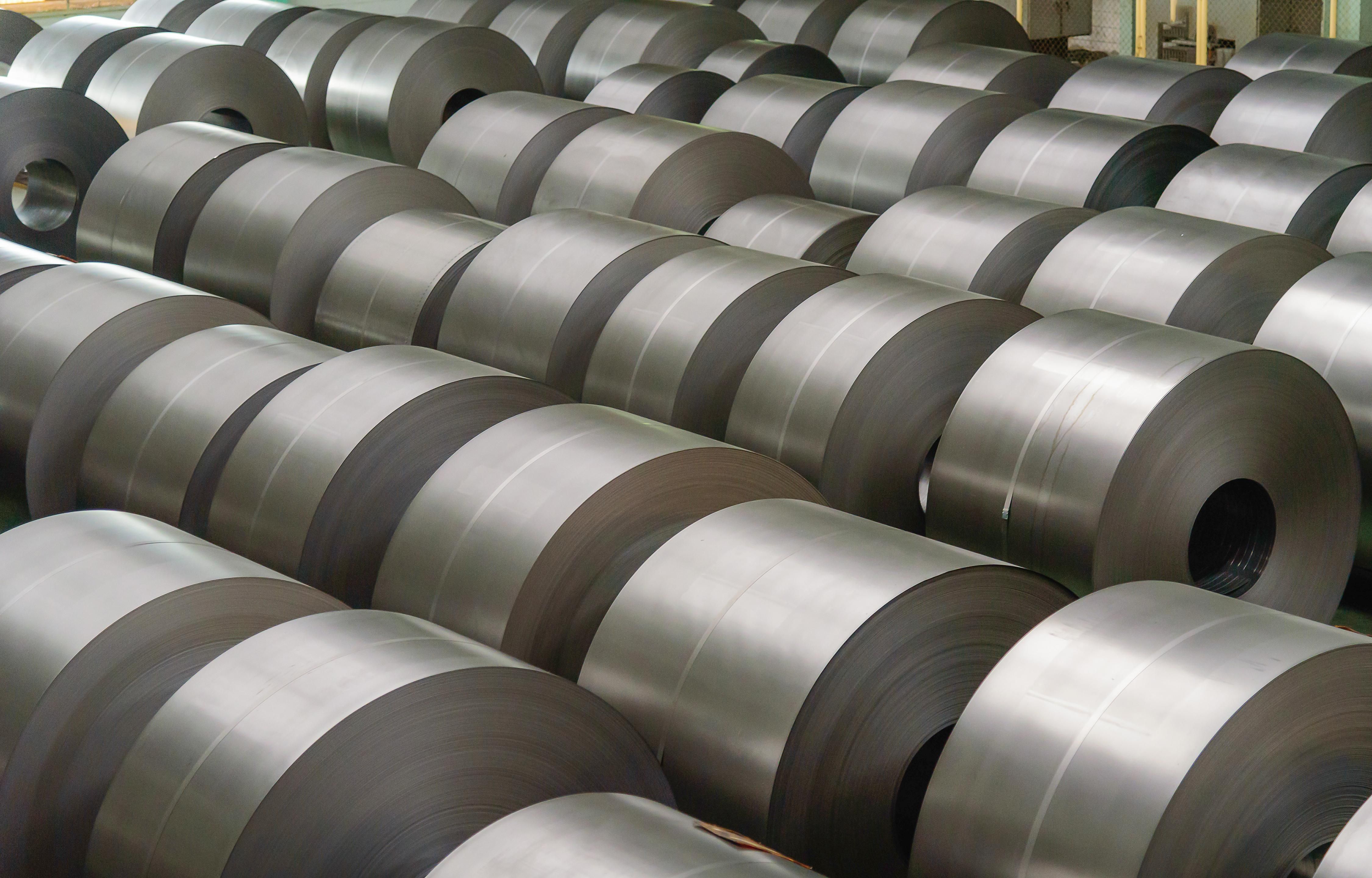
June 12, 2023
Pivotal Metals Limited (ASX:PVT) (‘Pivotal’ or the ‘Company’) would like to provide an update on activities at its Canadian operations.
Summary:
- Extensive forest fires are ongoing in Quebec. As of the date of this announcement it is reported that around 120 fires continue to burn in the province.
- Based on the latest publicly available information, none of the fires are currently near the Company’s two projects in Quebec; the advanced Horden Lake Cu-Ni- PGM deposit, and the Belleterres-Angliers Greenstone Belt (BAGB) high-impact battery metals exploration project. This has been further confirmed by the Company’s in-country representatives who are providing regular updates.
- Mining operations in the province have been shut down and helicopters have been diverted from current and planned exploration programmes to assist in the firefighting efforts.
- Consequently, the Company’s planned drilling programme that is targeting potential increases in both CuEq grade and tonnage at the Horden Lake deposit, as well as obtaining core for metallurgical testing, is likely to be deferred. Discussions are ongoing to reschedule to either later this year, or to a winter campaign. Moving to a winter campaign would save some cost by obviating the need for helicopter support. Current permitting for the Horden Lake programme covers the period until the end of March 2024 and may be extended if required.
- In the interim, the Company is looking to finalise the appointment of a Quebec based senior geologist to manage activities for the Company and the MT surveys planned for the high-grade Ni-Cu-PGM BAGB exploration project will be brought forward.
Managing Director Steven Turner said:
“Following the successful flow through capital raise, the Company is well-funded to progress with its exciting forward programme at both the Horden Lake deposit and the BAGB exploration project. The Company is closely monitoring the situation in Quebec and will adjust its planned schedule of activities to account for the challenges arising from the cessation of mining activities in the province and the understandable unavailability of helicopter support. The Company’s thoughts go to the many families that have had to evacuate from their homes as the fires threaten their communities and to the many firefighters, both local and those that have been sent from abroad, as they battle to bring the situation under control.”
Click here for the full ASX Release
This article includes content from Pivotal Metals, licensed for the purpose of publishing on Investing News Australia. This article does not constitute financial product advice. It is your responsibility to perform proper due diligence before acting upon any information provided here. Please refer to our full disclaimer here.
PVT:AU
The Conversation (0)
18 January 2024
Pivotal Metals
Investing in metals for a sustainable energy transition.
Investing in metals for a sustainable energy transition. Keep Reading...
16 September
FPX Nickel Announces Funding Contribution from Natural Resources Canada to Advance the Baptiste Nickel Project
FPX Nickel Corp. (TSXV: FPX), (OTCQB: FPOCF) ("FPX" or the "Company") is pleased to announce that it has been awarded a total of $3.5 million from Natural Resources Canada's Critical Minerals Infrastructure Fund ("CMIF"). The confirmed funding is a non-repayable contribution to support the... Keep Reading...
31 July
Top 5 Canadian Nickel Stocks of 2025
Nickel prices have experienced volatility in the past few years due to supply and demand uncertainty. This trend has continued into 2025, and is expected to remain in place for the year. While this environment has been tough, some nickel stocks are still thriving amid the ongoing... Keep Reading...
31 July
Top 3 ASX Nickel Stocks of 2025
With its diverse applications in both technology and industry, nickel is a metal that will never go out of style.Nickel is commonly used in alloys to create stainless steel, but more recently has found a modern use: batteries. As the electric vehicle trend gains steam, the base metal is in high... Keep Reading...
28 July
Nickel Price Update: Q2 2025 in Review
After spiking above US$20,000 per metric ton (MT) in May 2024, nickel prices have experienced a downward trend, mainly remaining in the US$15,000 to US$16,000 range.Indonesia's elevated production levels have been a primary factor contributing to these low prices, as sustained high output... Keep Reading...
Latest News
Latest Press Releases
Related News
TOP STOCKS
American Battery4.030.24
Aion Therapeutic0.10-0.01
Cybin Corp2.140.00






